We’re commonly asked by our customers, “what is the difference between VCI Rolls and Sheets?”. So, we’ll take a quick look into VCI and the difference between the two options. VCI (Vapor Corrosion Inhibitor) packaging materials are commonly used to protect metal surfaces from corrosion during transportation and storage. These VCI poly materials work by releasing corrosion-inhibiting molecules that form a protective layer on the metal surface. VCI rolls and sheets are two common forms of these VCI Packaging Film materials. While they serve the same purpose, there are some key differences between the two.
VCI Rolls
VCI rolls are long, continuous sheets of VCI material wound onto a roll. They are commonly used for wrapping and protecting long, narrow objects like pipes, tubes, and cables. VCI rolls come in various widths and lengths to suit different applications.
One advantage of VCI rolls is that they can be cut to the desired length, making them a versatile solution for protecting metal objects of varying sizes. Additionally, because they are wound onto a roll, they are easy to store and transport.
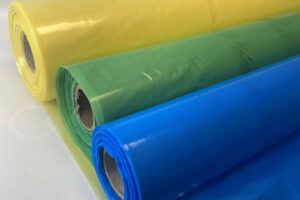
VCI Sheets
VCI sheets, on the other hand, are pre-cut sheets of VCI material or perforation sheets on a roll, that allows the user to easily tear the sheet from the roll. They are commonly used to wrap and protect flat or irregularly shaped objects like machinery parts and equipment. VCI sheets come in a variety of sizes to suit different applications.
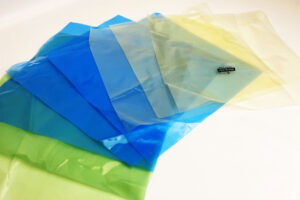 |
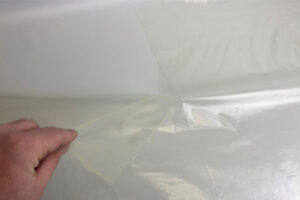 |
One advantage of VCI sheets is that they are pre-cut or perorated, which can save time and labor costs compared to cutting VCI rolls to size. They can also be used to create custom-sized VCI bags by sealing the edges with a heat sealer or zip ties.
Difference Between VCI Rolls and Sheets
Which one to use? The choice between VCI rolls and sheets depends on the specific needs of the application. If you are protecting long, narrow objects, VCI rolls may be the better choice. If you are protecting flat or irregularly shaped objects, VCI sheets may be the better choice.
In either case, it’s important to select the correct size and thickness of VCI material to ensure effective corrosion protection. Additionally, it’s important to follow proper storage and handling procedures for VCI materials to maximize their effectiveness.
ZERUST® Proven Corrosion Management Solutions
In conclusion, both VCI rolls and sheets are effective solutions for protecting metal surfaces from corrosion. Understanding the differences between the two can help you choose the best solution for your specific application. Whichever option you choose, ZERUST® can help you with your corrosion prevention needs. We analyze the current state of your corrosion management needs and work with you and your team to implement the best and most cost-effective solution. Our mission is to provide you with the right products, processes, and procedures to ensure that you can achieve your desired results.
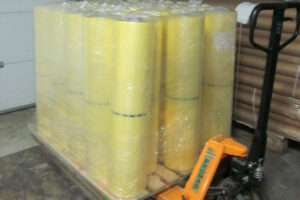
BLOG: 5 Best Practices for VCI Packaging Storage |
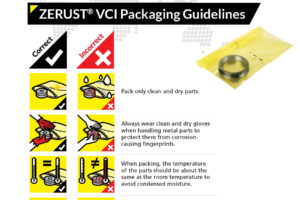
BLOG: How to use ZERUST® VCI Products Correctly |
